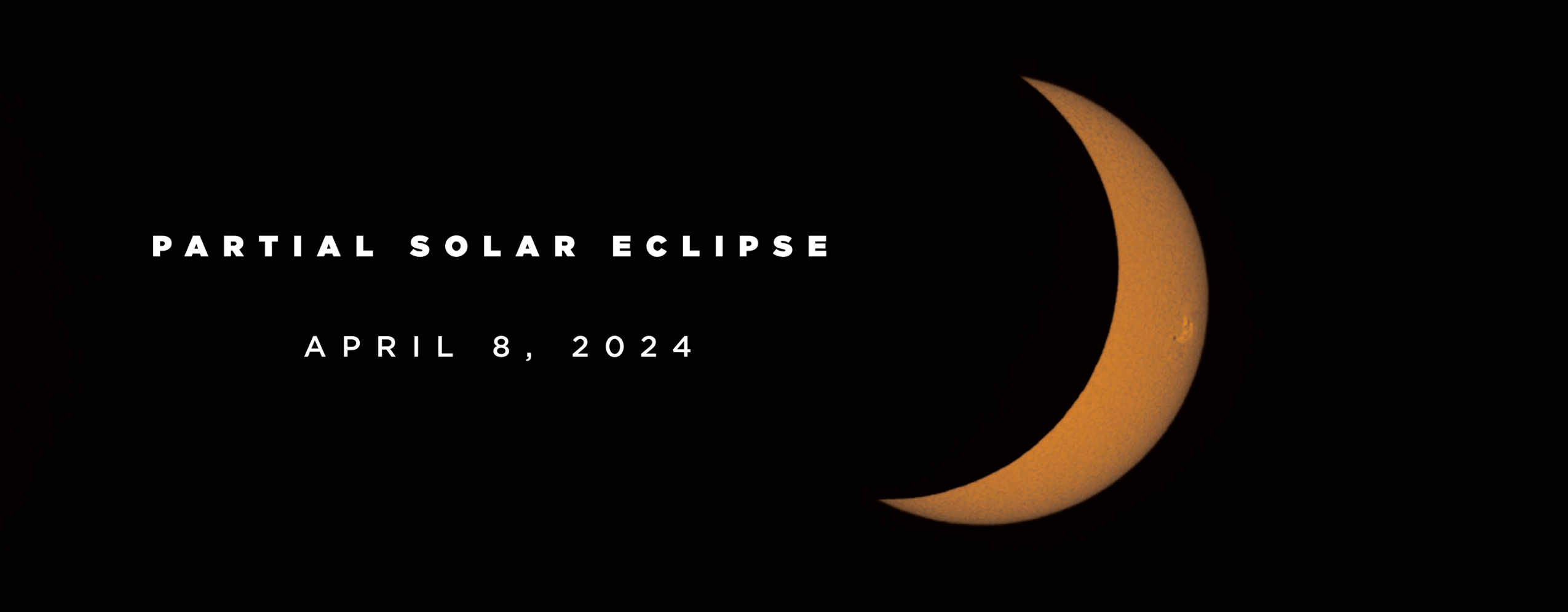UNM Enchanted Eclipse 2023
The 2023 annular eclipse event was a great success
Albuquerque will have its second solar eclipse event in six months with a partial eclipse occurring on Monday, April 8, 2024. Albuquerque will see 78% coverage for this event.
We are out of Eclipse Viewers
The Department of Physics and Astronomy has given away all its eclipse viewers.
Why do you need special glasses to view the sun?
You can damage your eyes by simply looking up at a solar eclipse. You must wear special eclipse glasses to look at a solar eclipse. The American Optometric Association suggests using a handheld solar viewer, special-purpose solar filters, or other ISO-certified filters if you plan to view a solar eclipse for even a short period of time.

